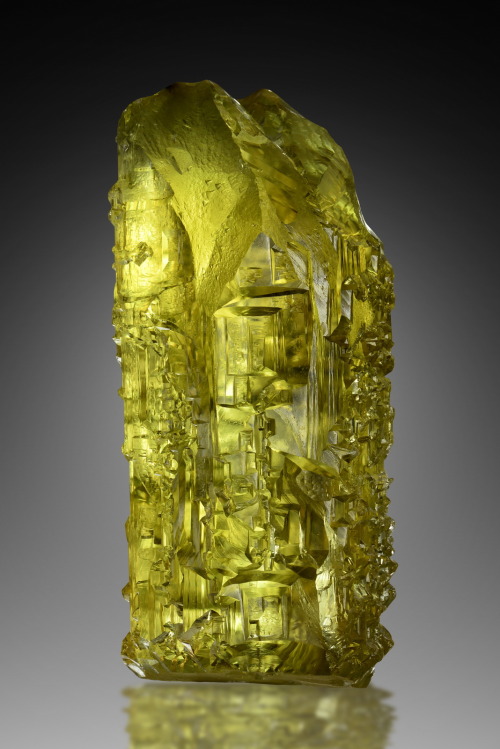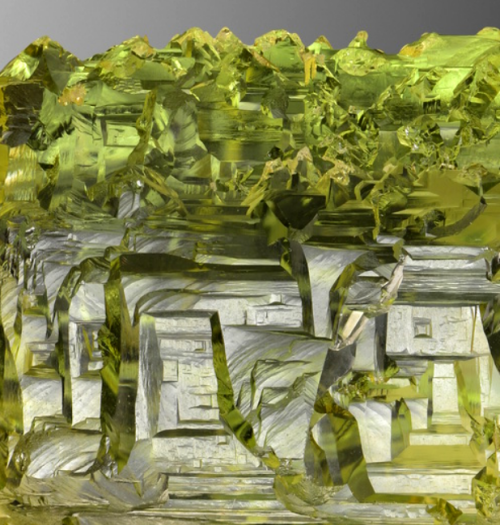Derelict Gothic Abbey ~ Jorge Carlos Gonzalez


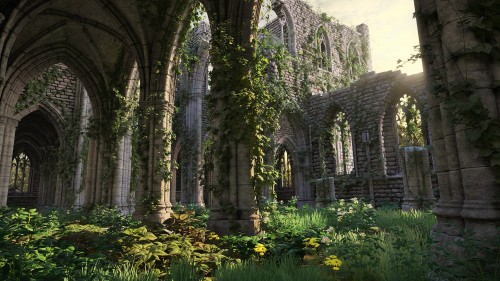
Derelict Gothic Abbey ~ Jorge Carlos Gonzalez
More Posts from Othermanymore and Others

Bosco Verticale (Vertical Forest) is a pair of residential towers in the Porta Nuova district of Milan, Italy, between Via Gaetano de Castillia and Via Federico Confalonieri near Milano Porta Garibaldi railway station. They have a height of 110 metres (360 ft) and 76 metres (249 ft) and will host more than 900 trees (approximately 550 and 350 trees in the first and second towers respectively) on 8,900 square metres (96,000 sq ft) of terraces. Within the complex is also an 11-story office building; its facade does not host plants.
The towers were designed by Boeri Studio (Stefano Boeri,Gianandrea Barreca and Giovanni La Varra). It also involved input from horticulturalists and botanists. (Source)

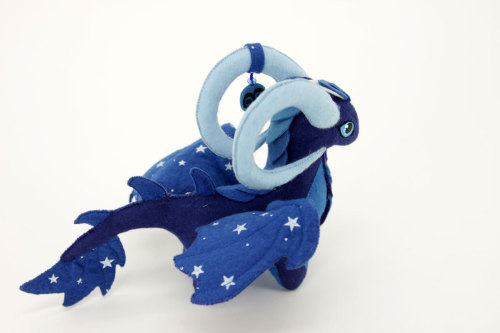






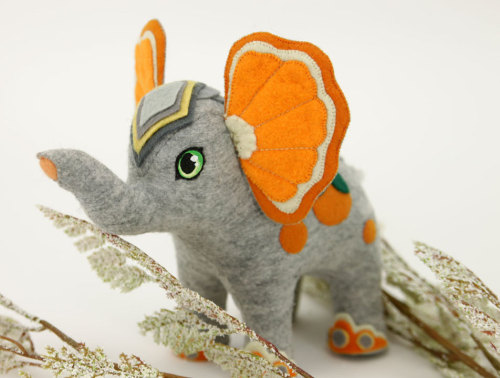
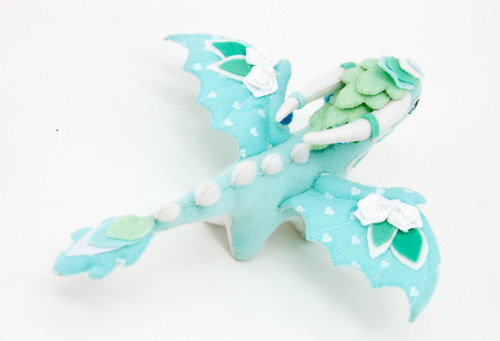
Soft sculpture by UniversesSwirls on Etsy
• So Super Awesome is also on Facebook, Twitter and Pinterest •
QUICK
FREE ART PROGRAMS I USE AND RECOMMEND
MEDIBANG PAINT PRO
FIREALPACA (the lightweight version of the above and really good for a slow computer)
GIMP (I use this primarily for editing purposes not drawing).
KRITA
WHERE I GET MY SUPPLIES:
JETPENS Check it out!!!
Jerry’s Artarama
Dick Blick
REFERENCE FOR DRAWING PRACTICE
jademacalla
null-entity
senshistock
posemaniacs
DIGITAL ART STUFF
Palette Generator

Color Blender

CHARACTER DESIGN STUFF?
Comparing Heights
Body Visualizer




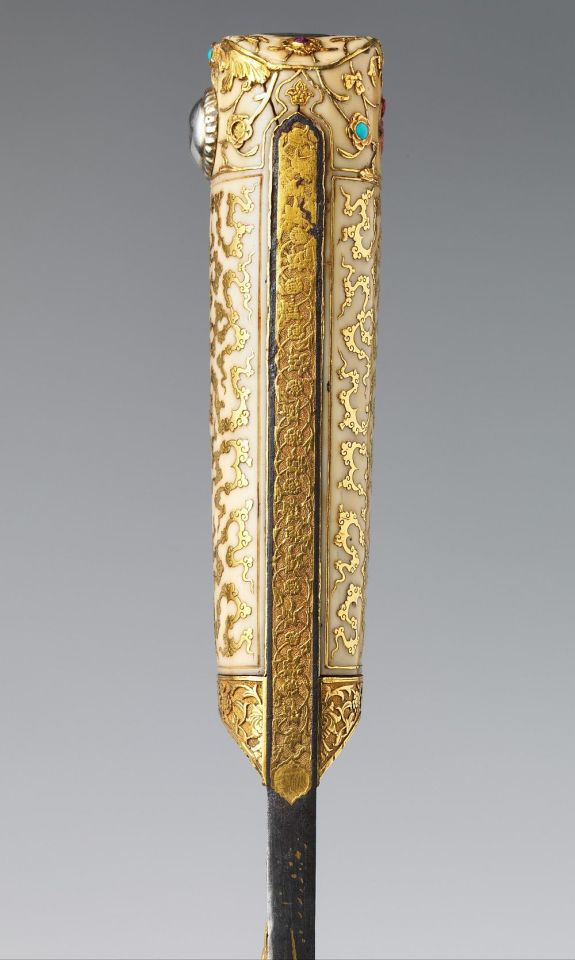
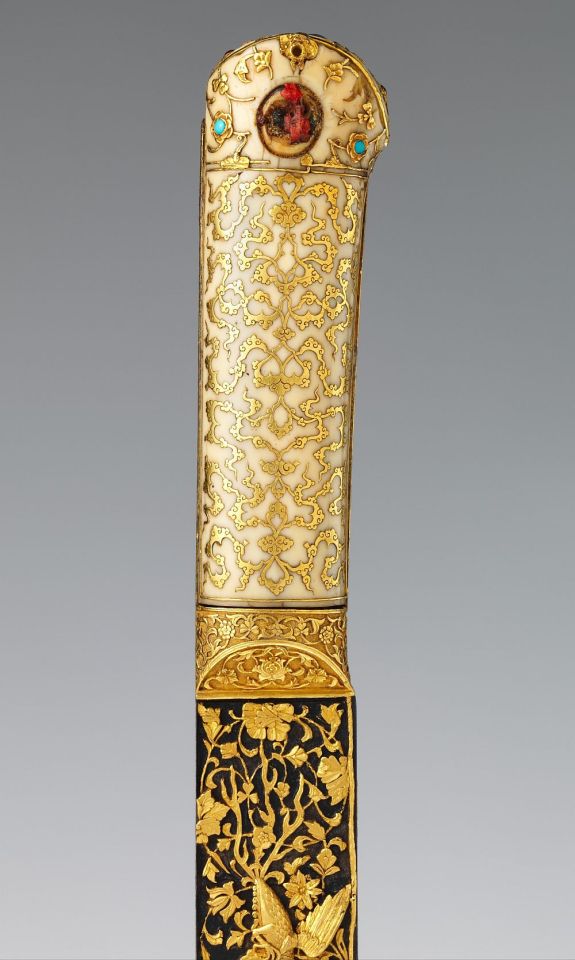




Yatagan Sword from the Court of Süleyman the Magnificent (reigned 1520–66)
Dated: circa 1525–30
Sword maker: Workshop of Ahmed Tekelü (possibly Iranian, active Istanbul, ca. 1520–30)
Geography: Istanbul
Culture: Ottoman, Istanbul
Medium: steel, gold, ivory (walrus), silver, turquoise, pearls, rubies
Measurements: overall length 23 3/8 inches (59.3 cm); blade length 18 3/8 inches (46.7 cm); weight 1 lb. 8 oz. (691 g)
Exquisite workmanship and lavish use of precious materials distinguish this sword as a princely weapon and exemplifies the opulence and refinement of Ottoman luxury arts. Almost identical to a yatagan (now in the Topkapi Palace, Istanbul) made in 1526–27 by the court jeweller Ahmed Tekel, for the Ottoman sultan Süleyman the Magnificent (r. 1520–66), this sword was undoubtedly made in the same imperial workshop.
The gold incrustation on the blade depicts a combat between a dragon and a phoenix against a background of foliage scrolls. These figures, like the gold-inlaid cloud bands and foliage scrolls on the ivory grips, are Chinese in inspiration, and were probably introduced into Ottoman art through contacts with Persia.
This sword is one of the earliest known yatagans, distinctly Turkish weapons characterised by a double-curved blade and a hilt without a guard. Yatagans were commonplace in Turkey and the Balkans in the eighteenth and nineteenth centuries and served as sidearms for the elite troops known as Janissaries.
Source: Copyright © 2016 Metropolitan Museum of Art










Phyllotaxy - the arrangement of leaves
Phyllotactic spirals form a distinctive class of patterns in nature, depicting the arrangement of leaves on a plant stem. The basic patterns are alternate, opposite, whorled or spiral, many of them arranged based on consecutive fibonacci numbers.
more on geometrymatters.com/archive
-
 cuboneprincess liked this · 3 weeks ago
cuboneprincess liked this · 3 weeks ago -
 outrosword reblogged this · 3 weeks ago
outrosword reblogged this · 3 weeks ago -
 naja-nivea liked this · 3 weeks ago
naja-nivea liked this · 3 weeks ago -
 disvlay liked this · 3 weeks ago
disvlay liked this · 3 weeks ago -
 disvlay reblogged this · 3 weeks ago
disvlay reblogged this · 3 weeks ago -
 chaychay89 reblogged this · 3 weeks ago
chaychay89 reblogged this · 3 weeks ago -
 chaychay89 liked this · 3 weeks ago
chaychay89 liked this · 3 weeks ago -
 death-s-head-moth liked this · 3 weeks ago
death-s-head-moth liked this · 3 weeks ago -
 happyheidi liked this · 3 weeks ago
happyheidi liked this · 3 weeks ago -
 foxinthelibrary liked this · 3 weeks ago
foxinthelibrary liked this · 3 weeks ago -
 wcndersouls liked this · 3 weeks ago
wcndersouls liked this · 3 weeks ago -
 logical-haunting reblogged this · 3 weeks ago
logical-haunting reblogged this · 3 weeks ago -
 drisk30 liked this · 3 weeks ago
drisk30 liked this · 3 weeks ago -
 neraida liked this · 3 weeks ago
neraida liked this · 3 weeks ago -
 bluetenstaub-und-sternenglitzer liked this · 3 weeks ago
bluetenstaub-und-sternenglitzer liked this · 3 weeks ago -
 sherrylephotography liked this · 3 weeks ago
sherrylephotography liked this · 3 weeks ago -
 xlucastarx liked this · 3 weeks ago
xlucastarx liked this · 3 weeks ago -
 livvydunham reblogged this · 3 weeks ago
livvydunham reblogged this · 3 weeks ago -
 livvydunham liked this · 3 weeks ago
livvydunham liked this · 3 weeks ago -
 chestercheeta reblogged this · 3 weeks ago
chestercheeta reblogged this · 3 weeks ago -
 logical-haunting liked this · 3 weeks ago
logical-haunting liked this · 3 weeks ago -
 thesimplicityofchance reblogged this · 3 weeks ago
thesimplicityofchance reblogged this · 3 weeks ago -
 yuralria reblogged this · 3 weeks ago
yuralria reblogged this · 3 weeks ago -
 reading-valkyrie liked this · 3 weeks ago
reading-valkyrie liked this · 3 weeks ago -
 joneskillian reblogged this · 3 weeks ago
joneskillian reblogged this · 3 weeks ago -
 moonlit-clary-sage reblogged this · 3 weeks ago
moonlit-clary-sage reblogged this · 3 weeks ago -
 moonlit-clary-sage liked this · 3 weeks ago
moonlit-clary-sage liked this · 3 weeks ago -
 bithegarden reblogged this · 3 weeks ago
bithegarden reblogged this · 3 weeks ago -
 autisticsocialist liked this · 3 weeks ago
autisticsocialist liked this · 3 weeks ago -
 domaldtrump liked this · 3 weeks ago
domaldtrump liked this · 3 weeks ago -
 kokiri-heart reblogged this · 4 weeks ago
kokiri-heart reblogged this · 4 weeks ago -
 selfconsciousandsweet liked this · 4 weeks ago
selfconsciousandsweet liked this · 4 weeks ago -
 kingcastle45 liked this · 4 weeks ago
kingcastle45 liked this · 4 weeks ago -
 fireeoflove-nomics reblogged this · 1 month ago
fireeoflove-nomics reblogged this · 1 month ago -
 seraphinesaintclair liked this · 1 month ago
seraphinesaintclair liked this · 1 month ago -
 archxangels liked this · 1 month ago
archxangels liked this · 1 month ago -
 malfabulae reblogged this · 1 month ago
malfabulae reblogged this · 1 month ago -
 sunkissedfawn reblogged this · 1 month ago
sunkissedfawn reblogged this · 1 month ago -
 bnoface liked this · 1 month ago
bnoface liked this · 1 month ago -
 skullissue reblogged this · 1 month ago
skullissue reblogged this · 1 month ago -
 rosenirvana liked this · 1 month ago
rosenirvana liked this · 1 month ago -
 i-mlosingyourmemory reblogged this · 1 month ago
i-mlosingyourmemory reblogged this · 1 month ago -
 frale-nuvole liked this · 1 month ago
frale-nuvole liked this · 1 month ago -
 arancinetta liked this · 1 month ago
arancinetta liked this · 1 month ago -
 sunkissedfawn liked this · 1 month ago
sunkissedfawn liked this · 1 month ago -
 darkandcryptic liked this · 1 month ago
darkandcryptic liked this · 1 month ago -
 freakyslim248 reblogged this · 1 month ago
freakyslim248 reblogged this · 1 month ago -
 aceah liked this · 1 month ago
aceah liked this · 1 month ago -
 kevinpo liked this · 1 month ago
kevinpo liked this · 1 month ago -
 gametriprant reblogged this · 1 month ago
gametriprant reblogged this · 1 month ago






